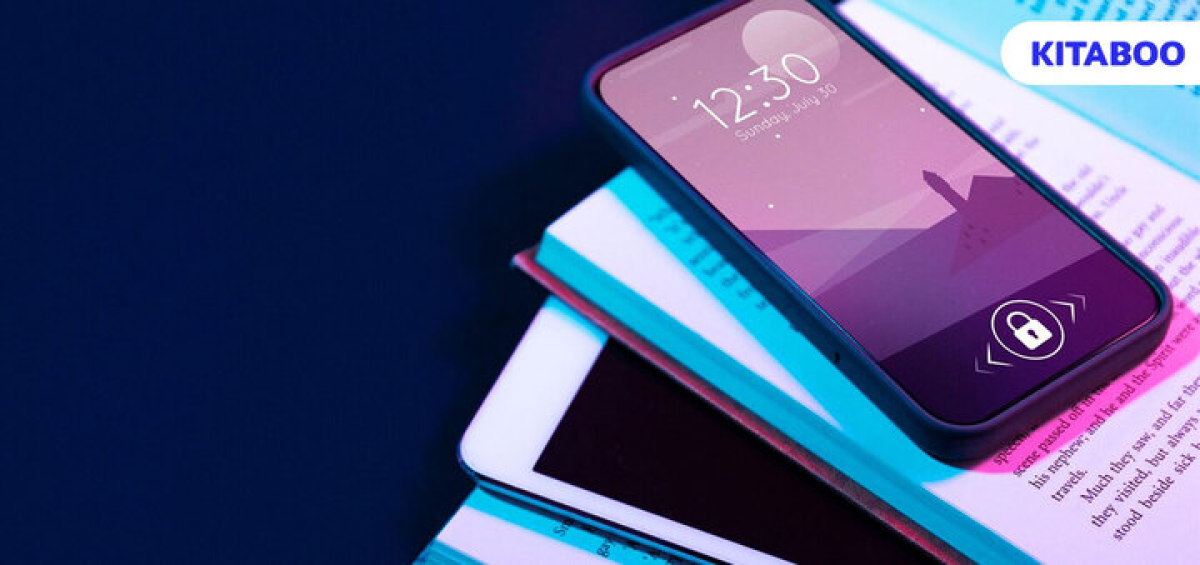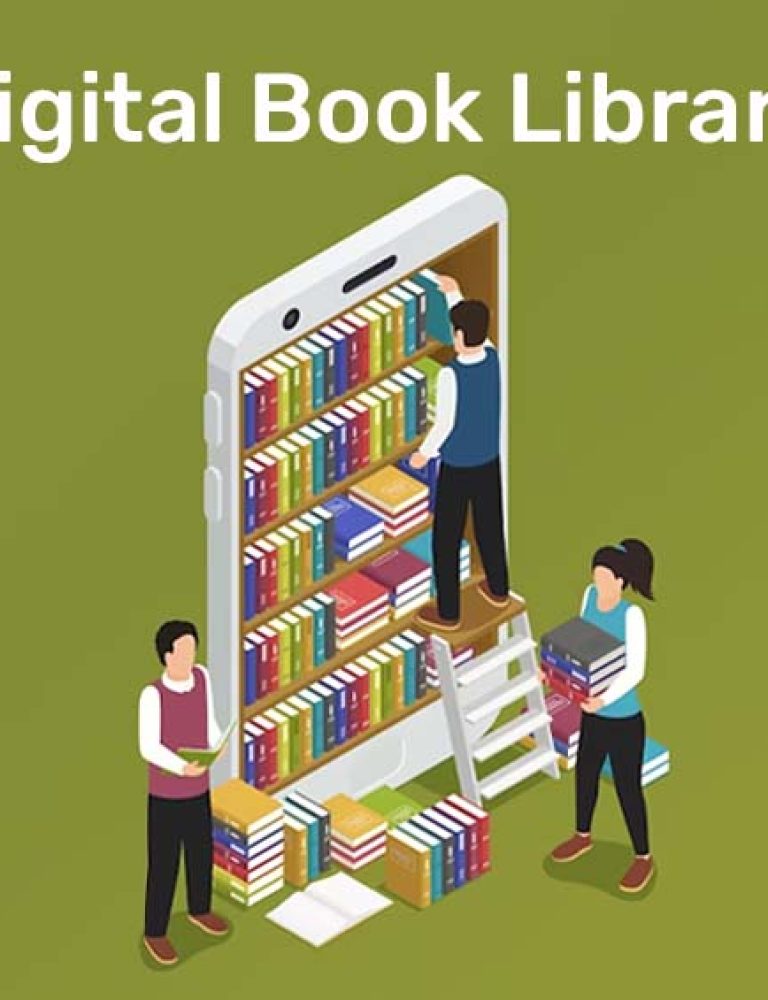The idea of a textbook that could be accessed through computers or machines has an interesting origin. In the 1930s, Bob Brown invented “The Readies,” as movies were called “talkies.” The Readies were machines that could be attached to an old electric plug and read thousand-word novels in 10 minutes. However, he was more focused on orthography than the medium of learning.
The earliest eBooks were created by teachers and researchers solely for learning and research before their applications became more versatile.
With the advent of mobile learning, the importance of mobile-friendly textbooks was further emphasized, resulting in innovative pedagogical solutions. Today, mobile-friendly textbooks are interactive, intuitive, compatible across platforms and devices, and highly customizable.
In this post, we’ll discuss how mobile-friendly textbooks are transforming the learning experience for students, providing a range of benefits that empower learners globally.
Table of Contents:
I. Understanding Mobile-Friendly Textbooks
II. The Benefits of Mobile-Friendly Textbooks and How They Empower Students Everywhere
- Provide Access to Updated, Relevant, and Additional Educational Resources
- Offer Flexibility to Learn on Their Own Terms
- Offer Inclusive and Accessible Learning to All
- Provide Personalized Learning and Progress Tracking
- Boost Interactive Learning That Enhances Student Success
- Instill a Sense of Belonging and Boosts Communication
- Help Improve Confidence and Participation
III. Conclusion
Understanding Mobile-Friendly Textbooks
Mobile learning is an eLearning method where learners use their smartphones, tablets, or laptops to access knowledge. And mobile-friendly textbooks facilitate mobile learning by providing eBooks that are compatible with mobile devices.
The term “mobile-friendly textbooks” could be construed in two ways: one, which means that the textbooks are accessible to students anytime, anywhere, and two, that the textbooks are optimized for mobile or cell phone screens. Both of these definitions are correct.
Mobile-friendly textbooks are customizable and can be integrated with a learning management system (LMS). They are adaptable across devices equipped with interactive features facilitated through multimedia. These are also accessible and enhance convenience for learners worldwide.
With the help of digital textbook platforms like KITABOO, educators are now able to transform traditional teaching methods into dynamic and interactive learning experiences. It helps them transform traditional teaching methods into interactive learning experiences to create a more effective educational environment for the students.
The Benefits of Mobile-Friendly Textbooks and How They Empower Students Everywhere
Mobile-friendly textbooks have transformed education in multiple ways, offering a dynamic approach that considers each student’s needs and preferences.
A study about mobile learning at a university in Ghana, Africa, deduced that about 86% of the students preferred using their mobile devices for learning. This highlights the widespread preference for mobile learning across the globe.
Here’s what they do to empower students:
1. Provide Access to Updated, Relevant, and Additional Educational Resources
One of the tremendous benefits of mobile-friendly textbooks is that they give access to current and updated information due to the ease with which they can be updated. This avoids misinformation. It also gives access to supplementary academic resources to students who want to learn more and gain relevant information for in-depth learning.
2. Offer Flexibility to Learn on Their Own Terms
Not only do eBooks promote distance learning, but a study found that they also transform learning in the long run. Students have the autonomy to learn at their own pace and time.
They can also learn on the go on a device of their choice outside a conventional classroom. It gives them the choice to give more time to topics that are their weaknesses and less time to the subjects they show strengths.
3. Offer Inclusive and Accessible Learning to All
Mobile-friendly textbooks allow students with special needs to participate equally despite their physical or mental disabilities by integrating multimodal learning through audio, infographics, etc.
They assist in creating inclusive environments for students with different skill levels to learn the same course content. Mobile-friendly textbooks also eliminate geographical boundaries, opening up educational resources to students even in the world’s remote regions.
4. Provide Personalized Learning and Progress Tracking
Mobile-friendly textbooks support personalized learning experiences by allowing customization and integration with LMS. They also facilitate progress tracking, enabling educators to monitor and tailor instruction based on individual student needs.
Progress tracking that identifies skill gaps for each student allows them to choose their own learning pathways, working in sync with their learning objectives.
5. Boost Interactive Learning That Enhances Student Success
Studies have shown that eBooks enhance students’ understanding of theoretical concepts and positively affect learning achievement. Additionally, a study found that multimedia elements like videos, animations, augmented or virtual reality, etc., make the class more exciting. Engagement, fueled by this interactive learning method, can boost motivation, resulting in higher student success.
This way, the incorporation of interactive learning elements into mobile-friendly textbooks plays a pivotal role in enhancing student success in the long run.
6. Instill a Sense of Belonging and Boosts Communication
Mobile-friendly textbooks foster social interaction through collaboration and communication tools embedded in them. As a result of this increased social interaction, there is ongoing conversation between students and an increased sense of belonging.
In this regard, note that digital platforms like KITABOO foster a sense of community among learners. It not only enables educators to facilitate communication but also strengthens the sense of belonging among students.
7. Help Improve Confidence and Participation
Learning through mobile-learning textbooks encourages students to attend regular classes virtually. Compared to conventional teaching, mobile-friendly textbooks contribute significantly to increased student confidence and active participation.
With this method, students gain confidence and enhance participation compared to conventional teaching methods.
Conclusion
Mobile-friendly textbooks offer many other benefits that transform education by empowering every student. It not only empowers students with flexibility, accessibility, and personalized learning experiences, but it also fosters a global community of learners who can engage with updated and interactive content.
If you want to transform pedagogy at your institution, digital textbook platforms like KITABOO can facilitate the shift. The platform offers end-to-end creation and distribution of digital textbooks and a user-friendly, AI-powered interface.
Write to us at KITABOO@hurix.com to learn more!
Discover How An Ebook Conversion, Publishing & Distribution Platform Can Help You
Kitaboo is a cloud-based content platform to create-publish & securely distribute interactive mobile-ready ebooks.
You May Also Like







